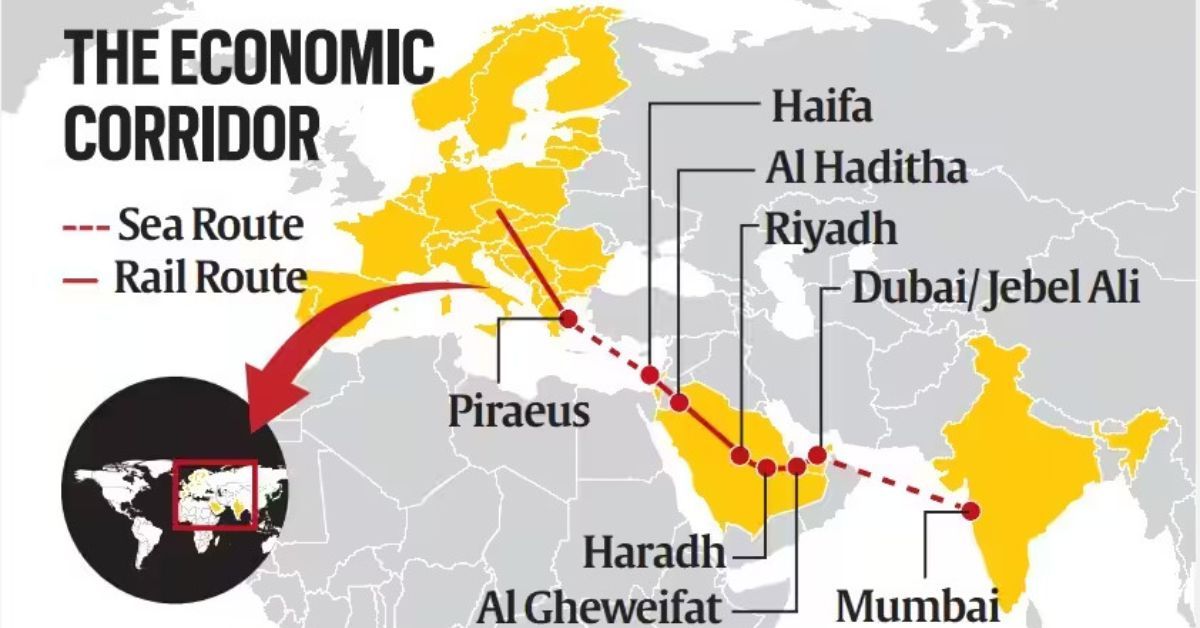Rahul Gupta, Chairman and Managing Director of Gujarat Industrial Investment Corporation, exuded confidence over the positive impact of the ambitious corridor, given the strategic position of the state.
Gupta said, “We (Gujarat) have a 1,600-km coastline, the longest in the country. We are strategically located, and given the number of ports along our coastline and the fact that we are almost handling more than 40 per cent of India’s port cargo, Gujarat, even today, is a gateway to not only the Middle East but also Africa, Eastern Europe, and Central Asia. So, the kind of project you are referring to, I believe will give further fillip to the potential that the state has.”
During the G20 Summit last month in New Delhi, India, the United States, Saudi Arabia, the United Arab Emirates, France, Germany, Italy, and the European Union announced a Memorandum of Understanding committing to work together to develop a new India-Middle East-Europe Economic Corridor.
The Corridor will consist of two separate corridors: the East Corridor connecting India to West Asia and the Middle East, and the Northern Corridor connecting West Asia and the Middle East to Europe.
It will include a rail line, which, upon completion, will provide a reliable and cost-effective cross-border ship-to-rail transit network to supplement the existing multi-modal transport routes, enhancing the transhipment of goods and services from South East Asia through India to West Asia and Middle East Europe.








